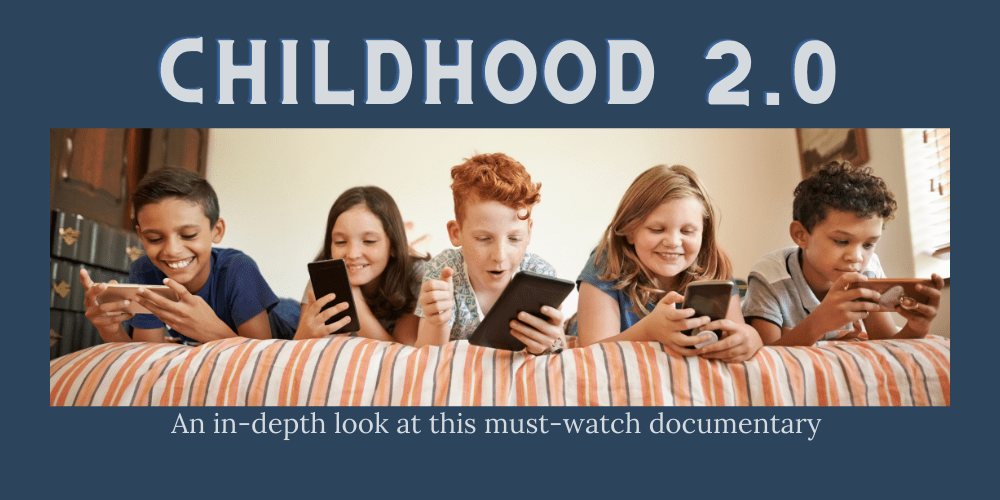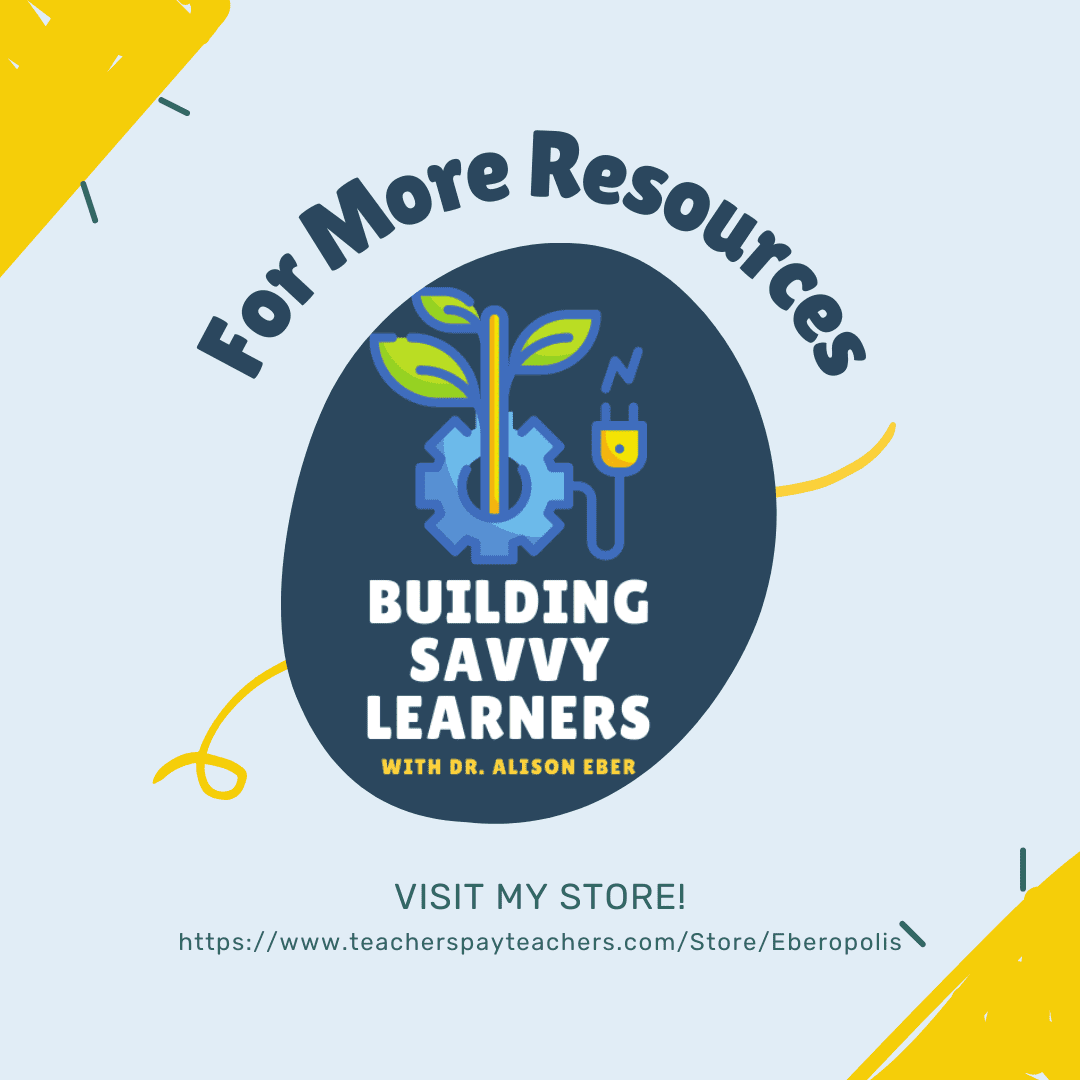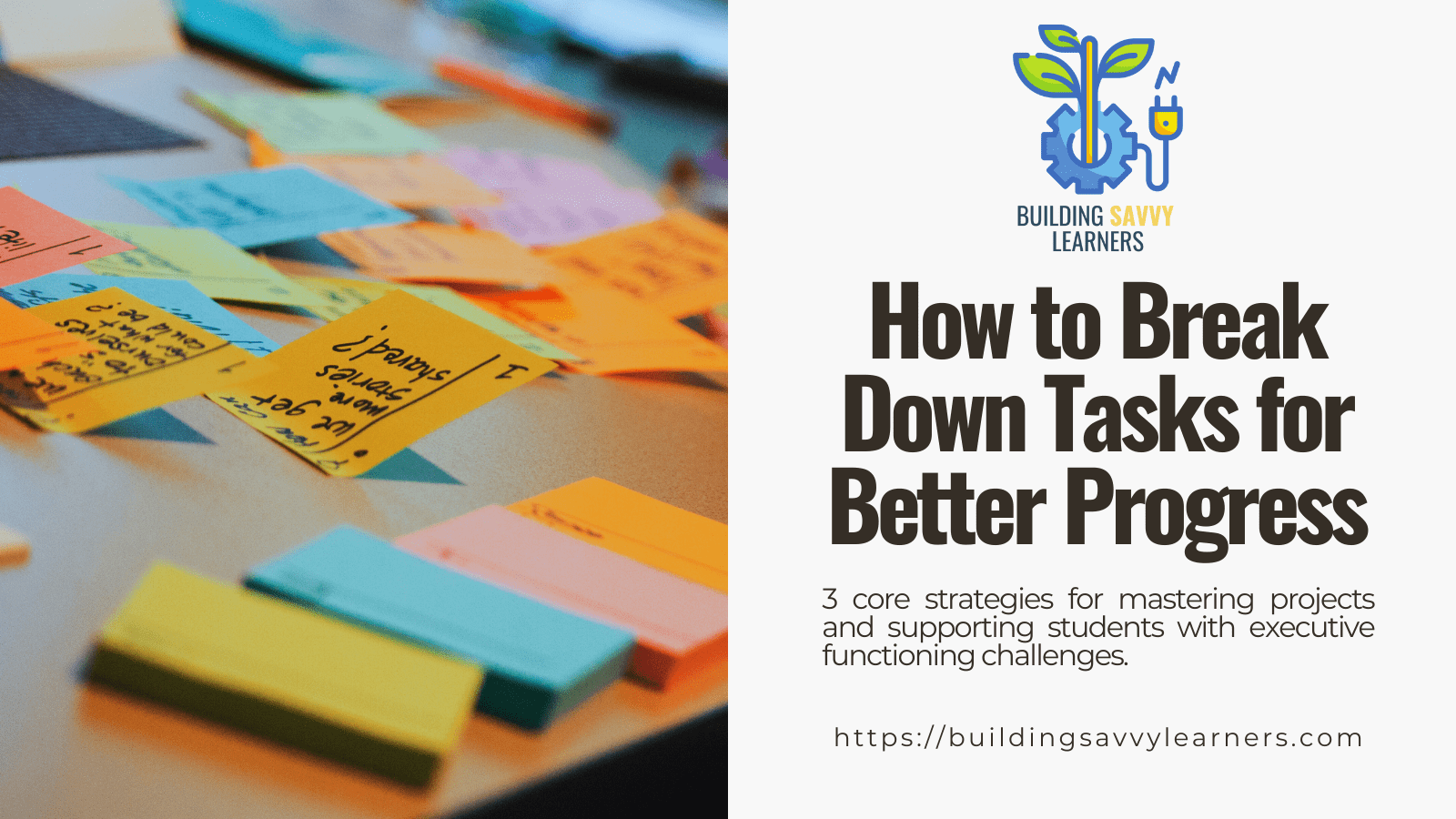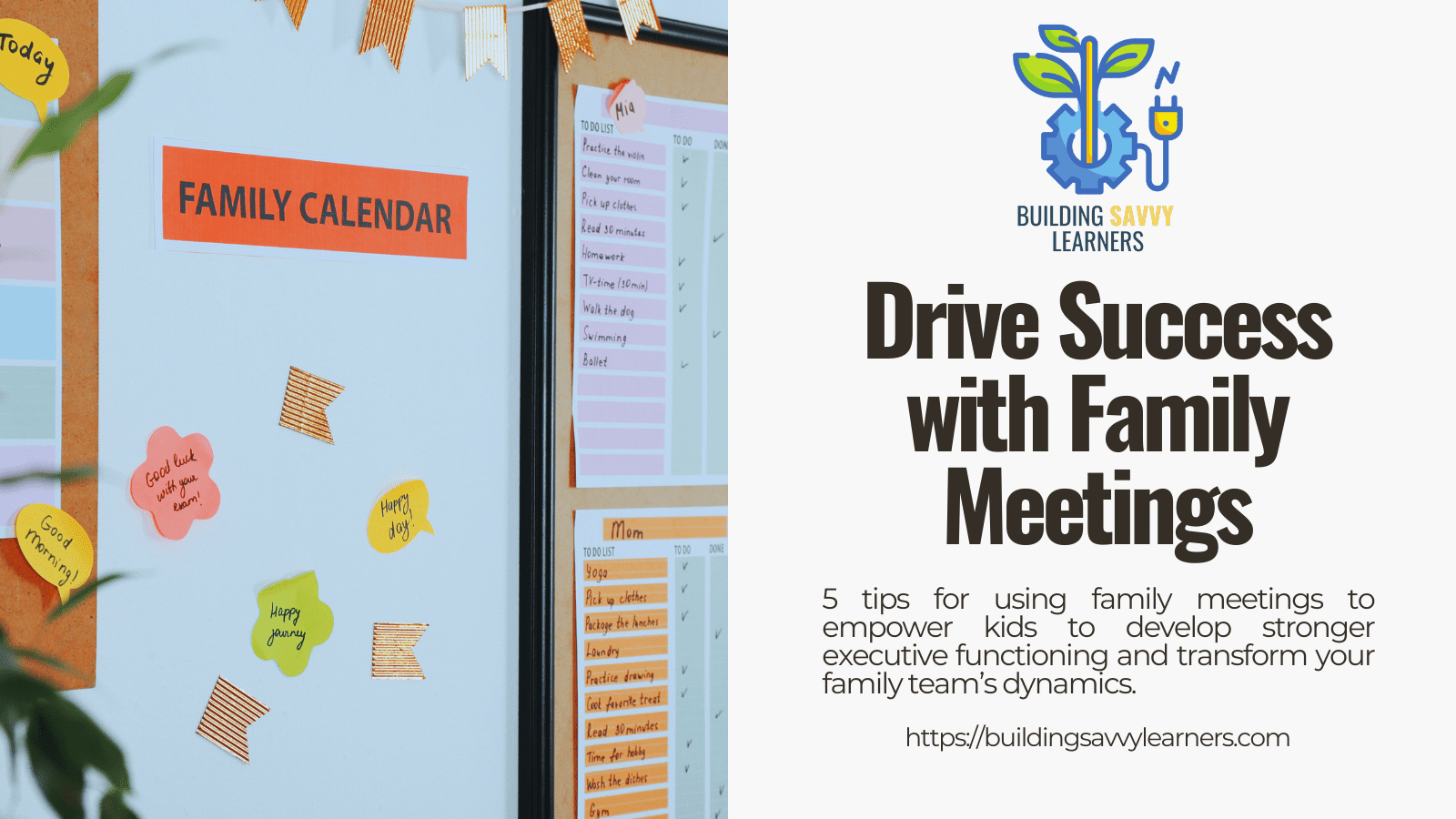Watch the documentary Childhood 2.0 to learn how today’s tech culture is changing childhood and brain development.
Summary
According to this documentary, we are living through one of the largest experiments in history. Access to mobile devices and social networks are radically transforming childhood. Childhood 2.0 explores the unintended consequences of growing up with technology.
Overview and Main Topics in Childhood 2.0
This documentary is very eye-opening to the potential dangers of technology addiction. While other documentaries like The Social Dilemma have covered the ways social media hooks users, this documentary focus on the effects on children. And those effects are significant.
Home is No Longer a Safe Space
One of the challenges the documentary highlights is that home is no longer an expected safe space for kids. When I was growing up, I knew that once the school bell rang, I would no longer have to deal with bullies. But kids today are vulnerable to their tormentors through messaging apps 24/7. And online child predators are more likely to have access to kids when they’re at home.
Beware the Trolls
Some dangers are also amplified through online communication. We’ve all see trolls and keyboard warriors who say things online that they would never say in person. But social media algorithms actually promote those extreme responses because they tend to get the most engagement. Kids begin to believe that these views are more mainstream than they are, and the results can have serious mental health consequences.
It’s Not Your Parent’s Playboy…
The documentary also goes into the ways devices shape young peoples’ expectations around sex and relationships. It gives some pretty disturbing statistics about porn access and when that phenomenon starts–as early as 4th and 5th grade for some. It horrifies me to imagine that one day, my girls could date someone who thought pornography was sex ed.
The Many Headed Hydra
The documentary also describes how challenging this is for parents. The social media industry has rapidly evolved. It’s under-regulated, and it’s impossible for parents to stay on top of the new apps and trends. Even with great filtering software, kids are often able to figure out workarounds. So what can we do? Here are some recommendations — some from the movie and some from my own research.
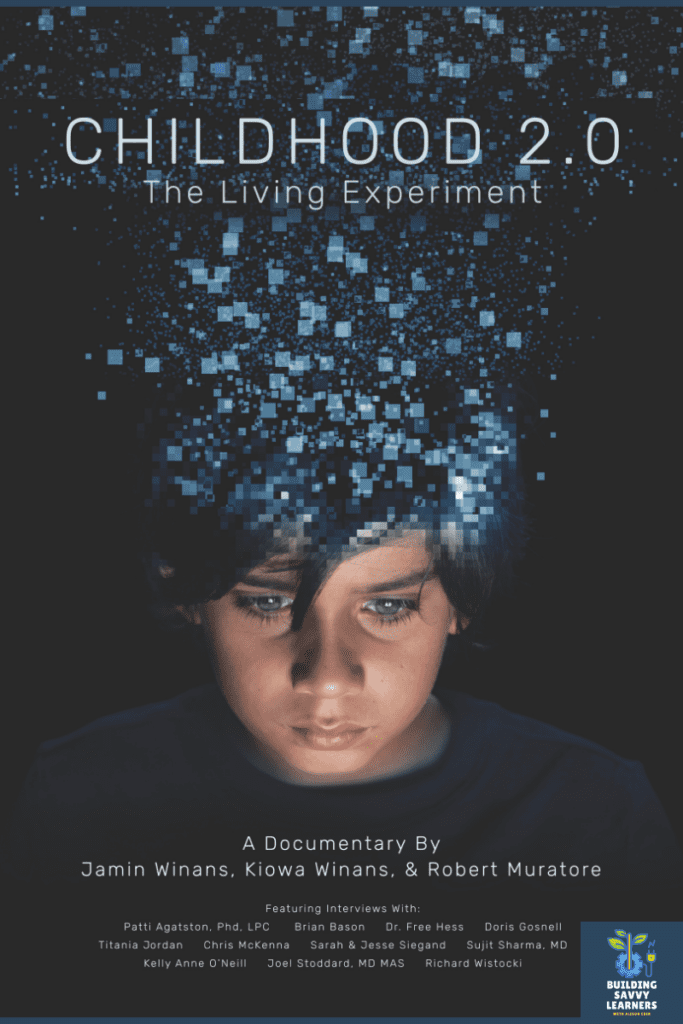
5 No Cost Ways to Make a Difference
1. Model better behaviors.
How often do you pick up your device and start scrolling out of boredom? Yeah, me too. By modeling that behavior, though, we’re sending the kids the message that people should never get bored. As a result, they lose coping and self-regulation skills. They use their device as a pacifier and develop unhealthy relationships with it. They get anxious and agitated when they lose access to it, and no device should hold that much power over us. Make a conscious decision to cut back your own usage and be purposeful whenever possible. Consider collecting devices at a set time each night and have a charging station away from the bedroom. You may have to invest in an old school alarm clock, but healthy boundaries can benefit tweens and teens.
2. Keep playdates social.
Few things irk me more as a parent than when my tween has a playdate, and I find out they spent the day playing on their devices together. Kids can’t develop the social skills they need through online games and play alone. They need opportunities to connect offline through toys, board games, conversations, and compromises. Consider collecting and storing all devices are in a centralized basket during playdates. Kids can access their phone to call parents to say goodnight, but otherwise, they’re off limits. I try to run this by the friend’s parents when setting up the playdate, and they’re always on board when I explain why I do it. And the parents can still message me in case of an emergency.
3. Engage in active parenting.
Set and enforce device limits. Start an open dialogue with your child about the topics in the Childhood 2.0 documentary. Ask your child what they’ve experienced or heard about related to those topics. And most importantly, let your child know that you are always open to conversations about anything they experience online. Don’t be afraid to follow your intuition and keep asking questions. You and your kid will make mistakes, but it’s important for kids to know that you’ll be there even when they mess up. That’s a part of growing up.
4. Delay access as much as possible.
I get it — kids want their own cell phones and you may want them to have a way to communicate, too. But that doesn’t mean it has to be a smartphone. There are devices on the market that allow calls and texts only. The Wait Until 8th pledge encourages parents to wait until at least 8th grade before giving their child a cell phone. I’d definitely encourage you to check it out.
5. Explore the Childhood 2.0 website.
They have more print resources and conversation starters available at their website. They also have a Facebook group called Parenting in a Tech World. There, parents and experts help each other navigate the challenges of managing devices and content. I’m a member of this group, and I’ve learned a lot from the discussions.
A Couple More Resources
(Note: This section contains affiliate links. That means if you click on the link and make a purchase, I will get a small commission at no additional cost to you. To learn more about why I use affiliate links, you can read my disclosure policy.)
Bark App
I actually learned about the Childhood 2.0 movie through an email I received from Bark. The movie features Bark’s creators, and they were involved in its production.
We started using Bark at the beginning of the pandemic. My older daughter was communicating with friends and doing more school assignments online. Bark monitors her messages and online activities, and it alerts when something needs my attention. Most of the alerts are for harmless activities, but not always. For example, it alerted me when some of her friends were talking about depression and suicide. As a result, I was able to have some important conversations with my daughter and give the other parents a heads up. It also lets me know what she’s watching on YouTube or doing Google searches for in a way that doesn’t require my constant hovering.
You can use my referral link to sign up for a free trial of Bark: https://www.bark.us/signup?ref=2J7XWHJ&rt=parent
Eero Web Extender
Another pandemic purchase, we bought an Eero to boost our wireless signal more consistently throughout our house. With many of us in live meetings online simultaneously, we were getting tired of slow connections and dropped meetings.
Eero allows us to set up individual profiles for each family member and check which devices are currently online. We can see usage trends, and we can also disconnect a user or device from the internet through an app. I may or may not have used this feature to disconnect our smart TV’s from the wifi from time to time. (“Aw, darn, kids. Looks like Netflix isn’t working today. Better go play with your toys!”)
We have a slightly older (and thus discontinued) version of this Eero Router and Two Eero Extenders. We also use their add-on security service for $29.99 per year that allows more content filtering options. We’ve been very satisfied with these purchases.
Final Words
I definitely recommend that all parents and educators watch this movie before giving their children access to a device. I don’t plan to watch this entire movie with my child before she gets into middle school (next year). I may, however, show her segments of it that have more relevance to her now (e.g., cyberbullying).
Ways to Watch
The entire documentary (runtime 1:28:36) is available to watch on a variety of platforms.
- Bark Website (FREE)
- YouTube (FREE)
- Facebook (FREE)
- Apple TV (Rent or Buy)
- Amazon – (Rent or Buy)
- Google Play (Rent or Buy)
Viewer’s Guide
If you’re interested in sharing particular segments with your child, you can use the guide to topics below. But be sure to watch the movie yourself first.
(approximate times within the movie & segment content)
Start – 9:20: Introduces the ways that technology have evolved in the last several decades
9:20 – 10:20: The benefits of technology
10:20 – 12:47: How technology affects our perceptions of danger
12:47 – 13:52: Ages that kids get introduced to devices
13:52 – 25:33: Amount of time kids spend on devices and an overview of the impacts on social development, mental health, and need for social validation. Contains a brief mention of teen suicide rates.
25:33 – 27:23: The ways social media distort body images and sexualize kids, especially girls
27:23 – 34:10: Cyberbullying and social hierarchies
34:10 – 46:00: Effects of increased access to pornography and how porn gets used as sex ed by teens and tweens
46:00 – 54:57: How sexting is redefining the rules and expectations for romantic relationships
54:57 – 1:06:23: Sextortion and the rise of child predators
1:06:23 – 1:15:16: Mental health and suicide trends
1:15:16 – 1:21:06: Parental perceptions between real dangers and imagined dangers (and how many of us get that wrong)
1:21:06 – end: Recommendations and next steps for navigating these unintended consequences
Have you watched Childhood 2.0 yet?
I’d love to know what you think about the movie — what surprises you or what you learn. Leave a comment below, or let’s connect on social media.

